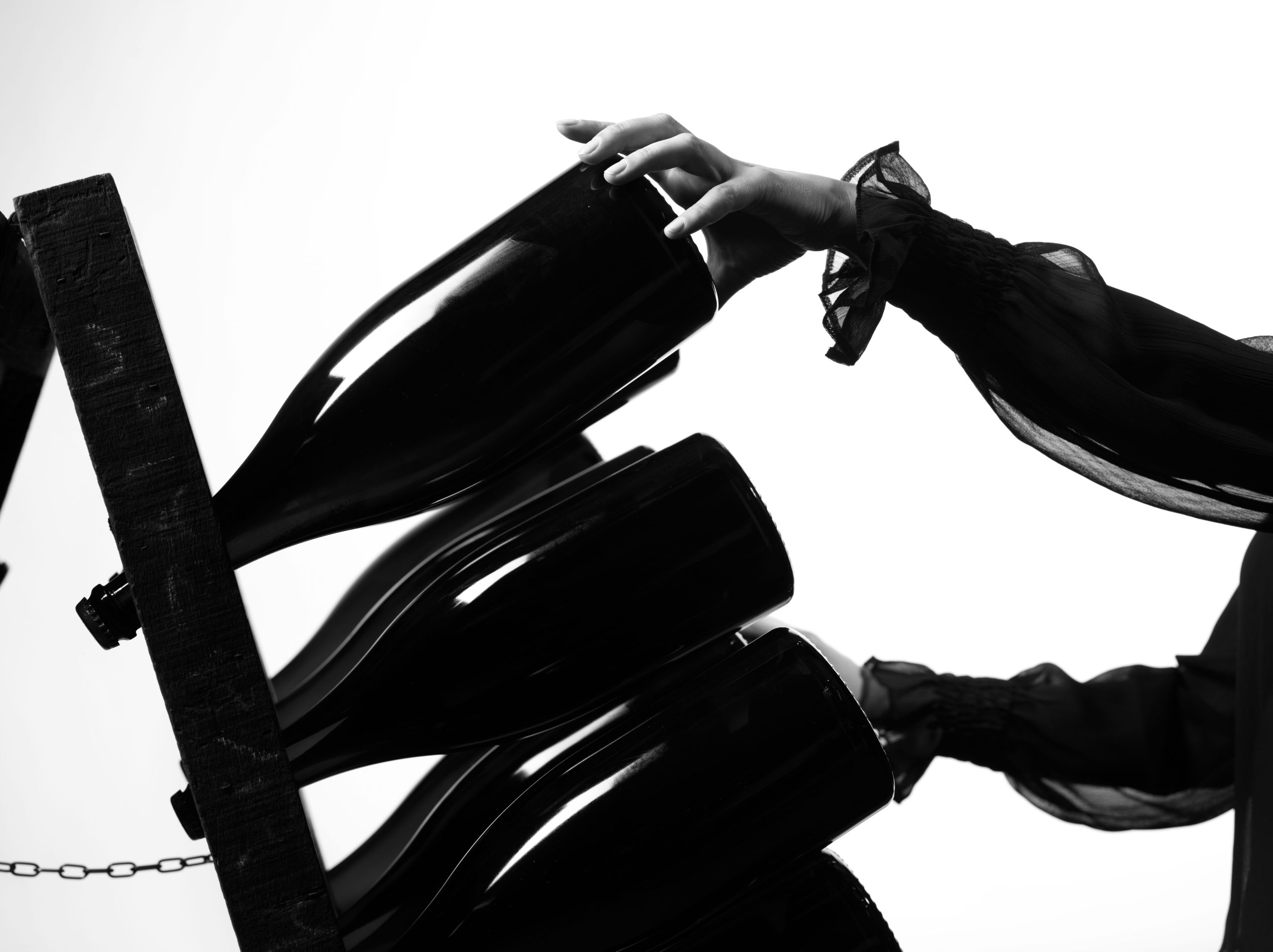The USS Indianapolis and Quint’s monologue
Last weekend (19-20 August), the expedition crew of Microsoft co-founder Paul Allen’s Research Vessel ‘Petrel’ announced they had found the wreckage of the USS Indianapolis, 5,500 metres (3.4 miles or 18,000 feet) down on the floor of the North Pacific Ocean.
The exact resting place of the Portland-class heavy cruiser in the Philippine Sea had remained a mystery ever since a Japanese submarine sank her in July 1945.
The Indianapolis, the flagship of the Fifth Fleet, had been engaged on a secret mission at the end of the Second World War, delivering to the island of Tinian the enriched uranium needed for the ‘Little Boy’ atomic bomb that would later be dropped on Hiroshima.
Subsequently sailing from Guam to Leyte in the Philippines, on 30 July she was attacked by the Japanese submarine I-58 and sank in 12 minutes.
The secrecy of the mission and the suddenness of the attack meant few life rafts could be deployed and the disaster was compounded by failures at various operational levels.
In one case a radio station commander ignored a distress message from the stricken cruiser because he was drunk at his post. No one knew where she was and it was only when an aircraft on a routine patrol spotted survivors three and a half days later that anyone twigged the Indianapolis was missing.
Of the 1,196-man crew, 880 escaped the sinking ship into the water and then endured four hellish days and nights of dehydration, hypothermia, hypernatremia (salt poisoning) and desquamation (skin loss). Men died of exhaustion, committed suicide and even killed each other as they suffered from delirium and hallucinations and of course, there were the sharks that feasted on the living and the dead.
Just 321 men would be rescued and only 317 ultimately survived the ordeal. It was and remains the worst naval disaster in US history.
Jaws
The fate of the USS Indianapolis and her crew became world famous when it became the focus of a pivotal scene in Steven Spielberg’s 1975 blockbuster, ‘Jaws’.
Based on Peter Benchley’s 1974 novel of the same name, the film’s climactic third act sees the local police chief Martin Brody (Roy Scheider), oceanographer Matt Hooper (Richard Dreyfuss) and grizzled shark hunter Quint (Robert Shaw) set out to track down and kill the great white shark terrorizing Amity Island.
In a film, which is already a story-telling masterclass, the drinking scene on the boat between the three men is riveting.
The trio have got off to a rocky start, Quint and Hooper have a particularly prickly and antagonistic attitude to one another, the former thinking the latter a rich, “college boy” with fancy notions and the latter seeing the former as an uncouth, barbaric drunkard.
But as they crush tins of beer between them one night on Quint’s shark-hunting boat, the Orca, and, in their cups, begin swapping fishing stories over old scars the tension eases.
Until, that is, Quint mentions he was on the Indianapolis and Brody – the archetypal landlubber – presses Quint to explain “what happened”.
What follows is a spellbinding, four minute long monologue from Quint about the sinking of the ship and its aftermath.
The speech has a few historical errors, the Indianapolis didn’t “deliver the bomb” just its uranium, it was sunk on 30 July not 29 June and a distress signal was sent.
The monologue was added specifically to provide an explanation for Quint’s hatred for sharks and so plays up the number of deaths caused by shark attacks.
Partner Content
His claim in the speech that they, “averaged six an hour”, and that “eleven hundred men went into the water, three hundred sixteen men come out, and the sharks took the rest,” is dramatic licence. Today it is thought that relatively few of the sailors were actually killed by sharks but in truth, we will never know exactly and it doesn’t detract from the horror of those who were and those who had to witness it.
Minor quibbles aside, the sonorous, drunken melancholic delivery from Shaw not only paints a picture in the minds eye of the horrendous events but also perfectly illustrates Quint’s Ahab-like intensity in his quest to kill not just the shark they’re after but any shark he can.
There are rather too many films out there that achieve less characterization in two hours than this scene manages in four minutes.
Famously, Shaw tried to method act his way through the scene (which he’d helped re-write) and do it drunk. Spielberg would later recall* that as a young director dealing with the veteran but famously booze-addicted star he had “unwisely” said yes.
Shaw disappeared for a while but overdid it and had to be carried back onto the Orca. Utterly wasted and slurring and rolling all over the place they didn’t even get through the whole scene.
Very early the next morning however, having slept it off, Shaw rang Spielberg and apologized, apparently panic-stricken he’d embarrassed the director and ruined everything. Would he get another chance to do the scene? Spielberg, once again, said yes.
Contrary to popular movie folklore he then did the monologue flawlessly in one take, Spielberg remembered: “It was like watching Olivier on stage. We did it in probably four takes.”
At another point during the making of the film, as he tucked into a glass of whisky, Shaw commented to Dreyfuss, “I wish I could quit drinking”, at which point Dreyfuss grabbed his glass and threw it overboard.
Dreyfuss later recalled Shaw was, “a perfect gentleman when sober. All he needed was one drink and then he turned into a competitive son-of-a-bitch.”
Shaw’s well-known needling of Dreyfuss when ‘in character’ as Quint might have had something to do with that incident.
Shaw, a thorough alcoholic, died three years later of a heart attack on a country road in Ireland aged just 51.
The USS Indianapolis is still the property of the US Navy and, like all battleships lost at sea, serves as the grave of her crew.
Although now found again her exact location is to be kept secret – unfortunately, treasure, souvenir and scrap metal hunters are the grave robbers of the day and have no such qualms about pillaging these places for profit.
The crew of the Petrel and the US Navy are reportedly working on a way to provide a fitting memorial for the 22 surviving members of her crew and the families of those who served on the vessel.
It’s possible they may retrieve the Indianapolis’ bell, a feat Allen’s crew achieved in 2015 when they recovered the ship’s bell from the British battleship, HMS Hood.*
*In an interview with Eric Vespe of ‘Ain’t it Cool News’, which can be read here.
**Which was sunk in the Denmark Straits in 1941 by the Bismarck with the loss of 1,415 of her crew.





Do you have a roster of the crew? My husband has an article of his dad’s ship sinking at approximately the same time, same details, but no name to the ship. This article was in the Terre Haute Tribune Star and we got it and his Purple Heart medal after his death in 1989 from his dad’s sister. We do not have a date on the article. It was cut from the paper. We are curious to know if he was on the Indianapolis or not. After being found in the Ocean, he was taken to a port off of Australia. He did not like to speak of the war and we did not know about the Purple Heart til after his death. But so many of the details are so close. We are in our 60’s and would love to know the truth about what ship he was on. Thanks for listening. You may contact us at mts@vigoschools.org
https://www.history.navy.mil/research/histories/ship-histories/loss-of-uss-indianapolis-ca-35/rescue-operations/summation-of-losses.html scroll down there are links to lists of all personnel.